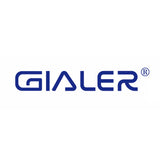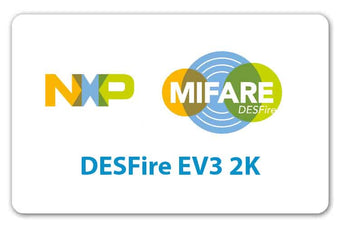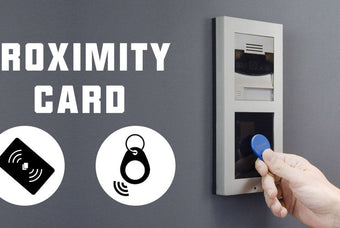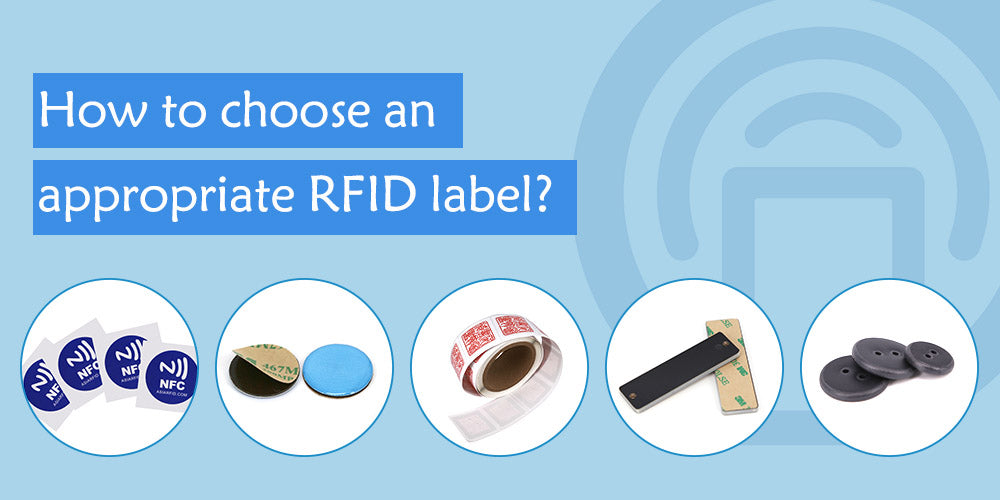Nowadays, RFID Tags are common and widely used in a variety of industries. They come in many varieties and vary in their attributes. Although most of the RFID tags follow the International Standard Agreement, such as EPCglobal Gen2, ISO 18000-6C standards, the qualities are uneven.
Why? Because there are many factors that affect the performance of tags. Even the frequency and technical agreement are the same, they may differ. So, how to choose an appropriate RFID tag? What should you pay attention to when Deploying RFID Application?

1, Understand the Important Characteristics of Tag Materials
A correct understanding of the RFID tag material is very important to how to select the tag. As we all know, RFID tags are made up of covering material, inlay, adhesive layer, and release paper. So you must know what materials you need according to the applications of the tags.
For example, if the tag application requires high security, you must choose a chip with high-security performance. If the application environment is complex and the label is easy to fall off, you need to choose the good adhesive glue, or another way of installation, etc.
We have analyzed the material composition of the label in detail in another article. More Besides, the choice of materials can also be measured by the following criteria:
- Strength. An important index of the bearing capacity of the material itself.
- Hardness and elasticity. Both of these two indexes refer to the flexibility of the material after bearing weight. Hardness represents the stretching ability of the material. The elasticity reflects the ability of the material to return to its original shape and size.
- Ductility. Represents the degree to which the material is deformed or can be elongated.
- Toughness. Indicates the ability of a material to absorb energy during plastic deformation and fracture.
When selecting tag materials, you need to consider:
- Materials that suitable for the application environment
- The influence of material on the RF signal
- Cost effect and return on investment
- Procurement and production convenience
- Can protect the label from environmental damage
- Make the label durable
2, Understand the Impact of Applications on RFID Tag Selection
While choosing RFID tags, we need to consider environmental factors. And we also need to know clearly how to choose RFID tags used in harsh environments.
For example, in high-temperature conditions, a heat-resistant label is required. If the RFID label will be used outdoors, it must be able to withstand the environment. If you want to use it on a metal surface, you must choose an anti-metal label.

When developing a new RFID label, professional label manufacturers must consider application requirements. That will directly affect the use of tag materials. Hard materials may not be suitable for every application. And some soft materials may not provide proper protection for labels.
When selecting RFID tags, the following environmental impacts need to be considered:
- The temperature of the application environment
- The humidity of the application environment
- Storage environment media
- Cleaning process
- Whether it needs to be exposed to chemicals
- Whether there is radiation interference
- Is it used indoors or outdoors?
3, Understand the Impact of Installation on Labels
Sometimes, the failure is not due to the wrong label, but to the wrong installation. For example, an RFID tag itself can work at high temperatures, but the back glue cannot, so it peels off. Installing labels with back glue is a very common way, but there are many other more secure ways. Such as rivets, epoxy glue, and other methods.
Besides, some tags are specially designed, requiring a specific antenna or installation angle. Especially in some special applications, tags and readers need to be installed in a more special way to ensure performance.
According to the packaging of tags, RFID tags can be divided into the following installation methods:
- Stickup: The label itself with an adhesive layer or glue-coated stickers. (RFID sticker, Card label, etc.)
- Hanging: Use the label itself rope or add a string strap. (Tag label, Conference sign-on card, Tag card, etc.)
- Rivet/screw: Some labels are made into screws themselves or fixed with screws. (Anti-metal label, card label, ABS label, etc.)
- Embedded: The label can be put in by opening holes in the metal, or by making the label into screws. (Anti-metal label, self-adhesive label, card label, etc.).

4, Understand What Kind of Label You Need
Knowing exactly what you need is also important for choosing the right RFID Label. If you know what you want, you can make the exact requirements for the tag manufacturer or supplier. But this is difficult for newcomers or those who don’t understand the RFID tag. So we’ve sorted out the following ten questions to help you understand your needs.
- What frequency band does the RFID label need to work in?
- How much storage is required for RFID labels?
- How much security is required for RFID tags?
- How much reading distance does the end-user need?
- What is the maximum reading distance for RFID tags?
- What is the maximum and minimum size of the RFID tag, as well as the ideal size?
- What are the standards to be followed for RFID labels?
- What kind of environment do RFID tags need to adapt to?
- What surface is the RFID label installed on and how to fix it?
- What is the budget for purchasing labels?
5, Understand the Importance of Choosing a Reliable Supplier
Why is it important to choose a reliable RFID label manufacturer and supplier? If you choose an unreliable supplier, you may encounter the following problems:
- The quality of the label is uneven, but the price is expensive
- The label is improperly designed and chromatic aberration
- The delivery is not on time, resulting in losses
- Poor after-sales service, the problem cannot be solved in time
Gialer specializes in the manufacturing and sales of RFID products since 2007. Our products and services have spread all over the world. We’ve set ourselves apart with the utmost products and immense service in the industry. You can trust us because we deserve it.









